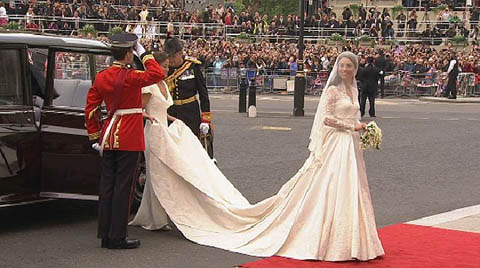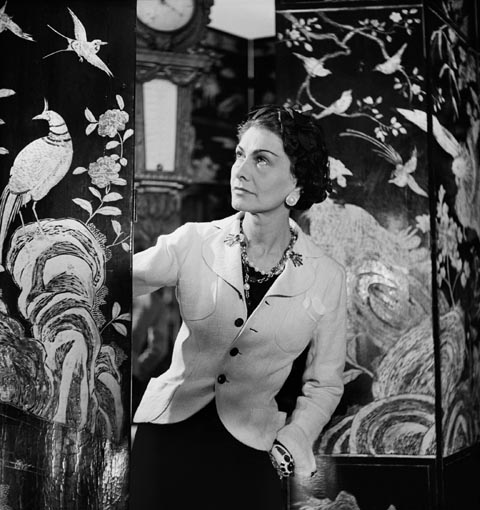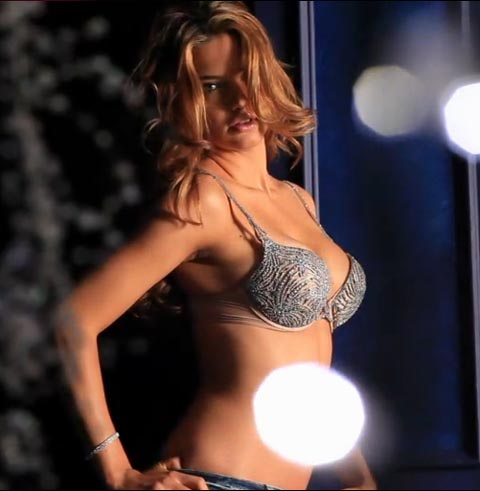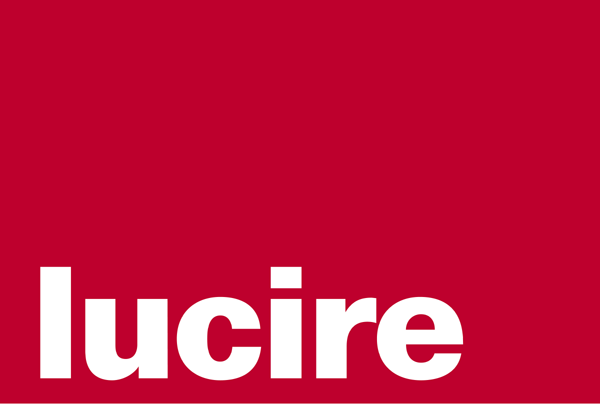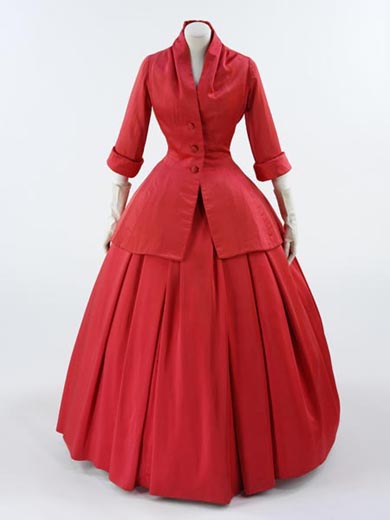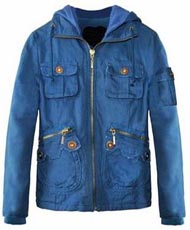On October 25, the Hells Angels Motorcycle Corp. took a different route when confronting someone with a ‘problem’ instead of the usual threaten-and-get-’em routine—going so far as to hiring intellectual property attorney Fritz Clapp from the central district of California. ‘There’s no doubt in my mind the designer had seen the death head mark,’ he said, as he prepared to sue Alexander McQueen for selling the Hells Angels’ death-head logo, which is trade-marked to the gang.
The lawsuit was sparked by one of the Hells Angels’ fiancées shopping on the internet, finding the now-infamous McQueen ‘Hell’s four-finger ring’. This isn’t the first time we have heard of one person copying another, but is anything original now? Is it not one person making improvements or taking inspiration from someone else’s work? The new Harry Potter film is also finding this out the hard way, as some say one of its costumes has come too close to one of McQueen’s designs.
However, I can see the Hells Angels’ point of view: the design of the skull and wing McQueen has used is extremely similar to the gang’s death-head. Yet there are so many variations of skulls and wings out there that I find it’s almost impossible to distinguish. McQueen has changed the design slightly, as they are definitely more detailed than what the gang uses on the backs of their jackets and such. It’s the fact that he used ‘Hell’s’ several times when naming his garments and accessories, the most prominent being the knuckle-duster clutch featured heavily in the lawsuit. Clapp comments that if someone had come from Mars and saw McQueen’s work, he would find it ‘closer than comfort’.
Clapp has been very thorough, even naming Saks and Zappos into the suit. Clapp told the Financial Times that the lawsuit was about ‘getting them [the copied symbols] out of the market, since they represent membership insignia, and anyone wearing them would be considered an impostor by club members.’ Some advice to the wise: if you’re keeping your McQueen, don’t wear it around Hells Angels’ members.
The lawsuit relies on the 1982 registration and multiple registrations from 1984, 2002, 2007 and 2009 in protecting the gang’s name and trade mark, preventing use in jewellery, clocks, watches, earring, keyrings and other items without permission. Clapp is hoping that this action will remind advertisers, businesses and lawyers that the Hells Angels’ name and logo are commercially protected.
Other lawsuits filed by Hells Angels include one against Marvel Entertainment Group, who had to change the name of its comic book from Hell’s Angel to Dark Angel in 1992. A skateboard manufacturer and sportswear line were also defendants; and, in 2006, Walt Disney’s Wild Hogs was alleged to have had a similarity to the motorcycle gang.
The final call: since McQueen had till November 15 to respond, the company settled yesterday, in one of the quickest settlements fashion has seen. The solution is not particularly satisfying for McQueen lovers. Alexander McQueen has agreed to remove items from its stores and destroy them. Not only that, McQueen has also agreed to recall merchandise sold to customers, destroying that, too. While it may be possible to track electronic transactions, customers who paid cash might be able to slip through. Even more of an ordeal is that no one knows how many were sold.
By the looks of the settlement and the thoroughness of the lawsuit, the Hells Angels mean business, as they are also demanding financial compensation.
The callbacks include the Hell’s four-finger ring, matching clutch, dress and scarf all featuring the skull and wing logo. Yet I still don’t think that if I see anyone carrying McQueen’s clutch I would think they were part of a motorcycle gang. Nor would I report them, because I don’t think that it should be destroyed, as a part of fashion history. There may well be a case for the consumer, as a bona fide buyer. And many bona fide buyers have hung on to items that are unquestionably copies.
Just in case you were wondering: the four-finger ring has trebled its market value on Ebay.—Morgan Davison
Here come the girls: Boots’ 2010 Christmas campaign
What the stars wore at the MTV EMAs, including the many dresses of Eva Longoria-Parker
The Alexander McQueen–Hells Angels fashion fiasco explained
Categories
branding / design / fashion / history / London / Los Angeles / Lucire / media / New York / Zeitgeist
Filed by Lucire staff
branding / design / fashion / history / London / Los Angeles / Lucire / media / New York / Zeitgeist
Filed by Lucire staff

